Exploring Dr. William Makis’ Hybrid Orthomolecular Cancer Protocol: Focus on Ivermectin and Mebendazole/Fenbendazole *Disclaimer: This article is for educational purposes and does not constitute medical advice. Always seek professional guidance.* In the evolving...
A Rare Case of the Plague Was Found in Oregon
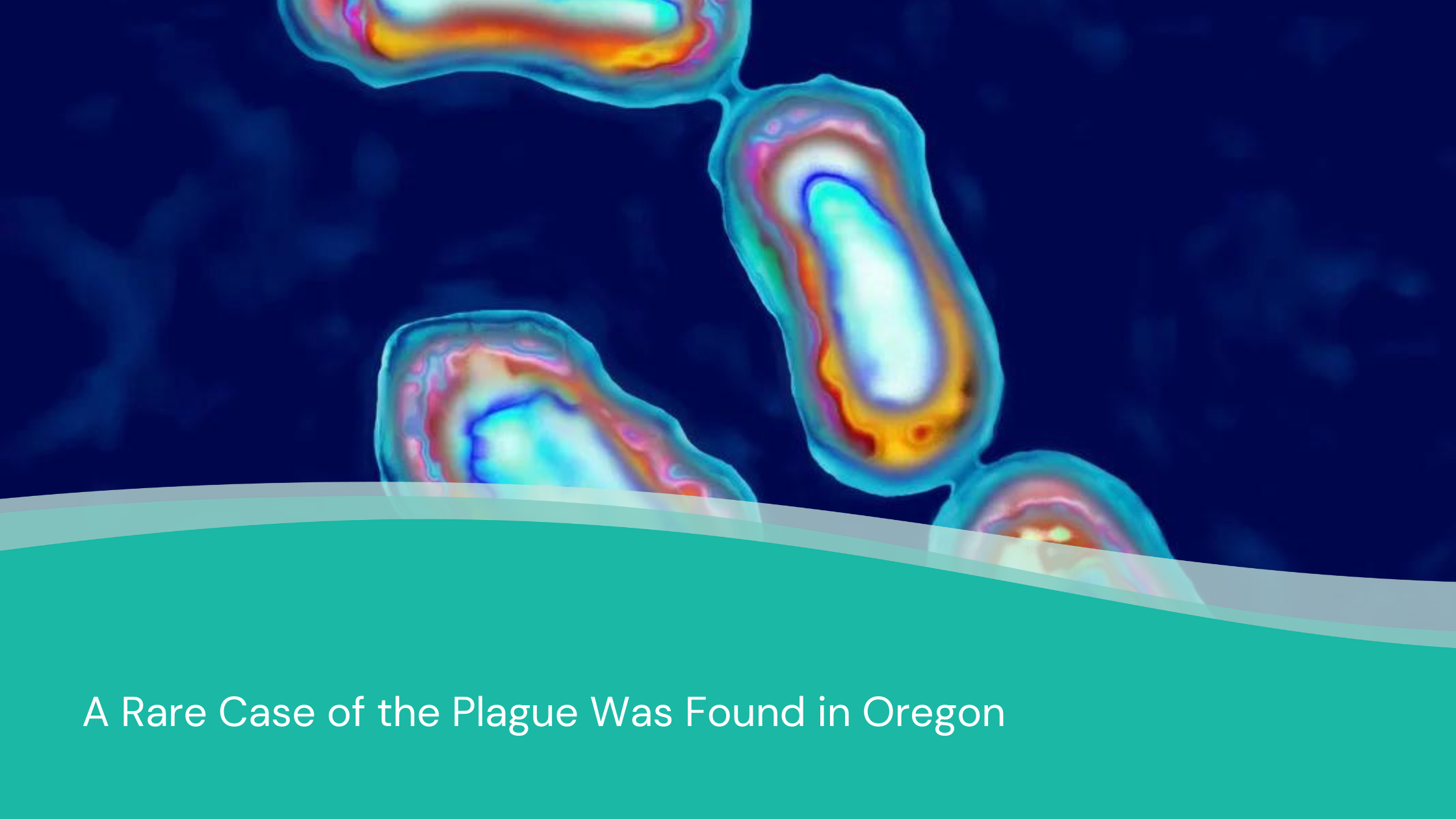
Could you be next?
Early this week an Oregon resident was diagnosed with bubonic plague. This is the first diagnosed case in nearly a decade. It is believed the person contracted the disease from their cat. Cats that hunt rodents can become infected and spread the plague to their owners.
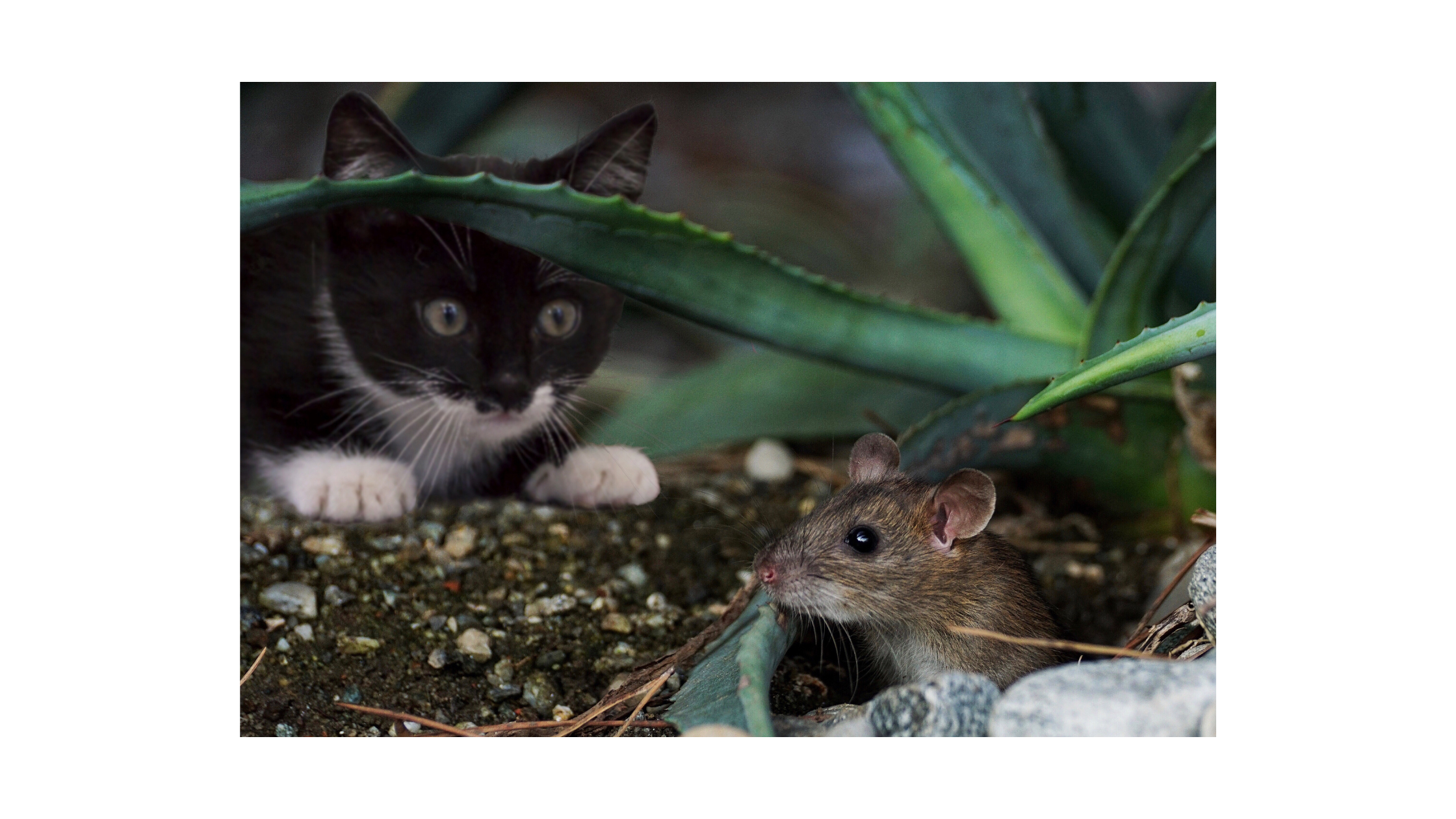
Mention “plague” and it strikes fear in many people’s hearts. However, plagues, in this modern era are easily diagnosed and treated, given modern antibiotic therapy. In the past, people weren’t so fortunate. Fatality rate was estimated to be between 66 and 93 percent before the introduction of sulfonamide antibiotics in the 1930s.
The Black Death, once a historical plague, is now categorized as a biological weapon.
For over 5,000 years, the bubonic plague, one of three types of plague caused by the bacterium Yersinia pestis, has sickened and killed whole populations. The term “Black Death” is attributed to the bubonic plague pandemic that struck Europe spanning the years 1346-1353 and killed as many as 50 million people, which represents an estimated 30-50 percent of the population.
Yersinia pestis- a tier one biological weapon.
Today, Y.pestis is classified as a tier one bioterrorism Select Agent, the highest risk category of biologic agents and toxins with the potential to pose a severe threat to public health and safety. Officials are concerned of a scenario for a bioterrorist attack that would involve dispersing Y. pestis into the air, leading to primary pneumonic plague. The World Health Organization has estimated that a release of 50kg of Y. pestis into the air over a city of 5 million persons could result in 150,000 cases of pneumonic plague and 36,000 deaths. On top of this, infected animals could spark a local epidemic. Another concern is intentional contamination of the food or water supply with Y. pestis leading to an outbreak.
Study leads to some interesting correlations
A study published in 2022 revealed that a strong immune response was exhibited in persons with a genetic immunity to Y.pestis (bubonic plague). This study was conducted to determine why some people didn’t succumb to the plague after being exposed. Researchers studied DNA extracts from two different European populations before, during and after the Black Death. The study focused on genetic variants that were identified and shown to be protective against the Black Death.
Interestingly, the same protective genetic variant, that protected against the plague, was found to be associated with increased susceptibility to a multitude of autoimmune diseases. One was Crohn’s disease. However, many other autoimmune diseases have been discovered to carry the same genetic susceptibility. In other words, the researchers discovered a correlation between immunity from Black Death and the hyperimmune response involved in many autoimmune diseases. Protection from Black Death may correlate to increased risk for autoimmune disease.
How Bubonic Plague is Transmitted
(Excerpt from CDC website)
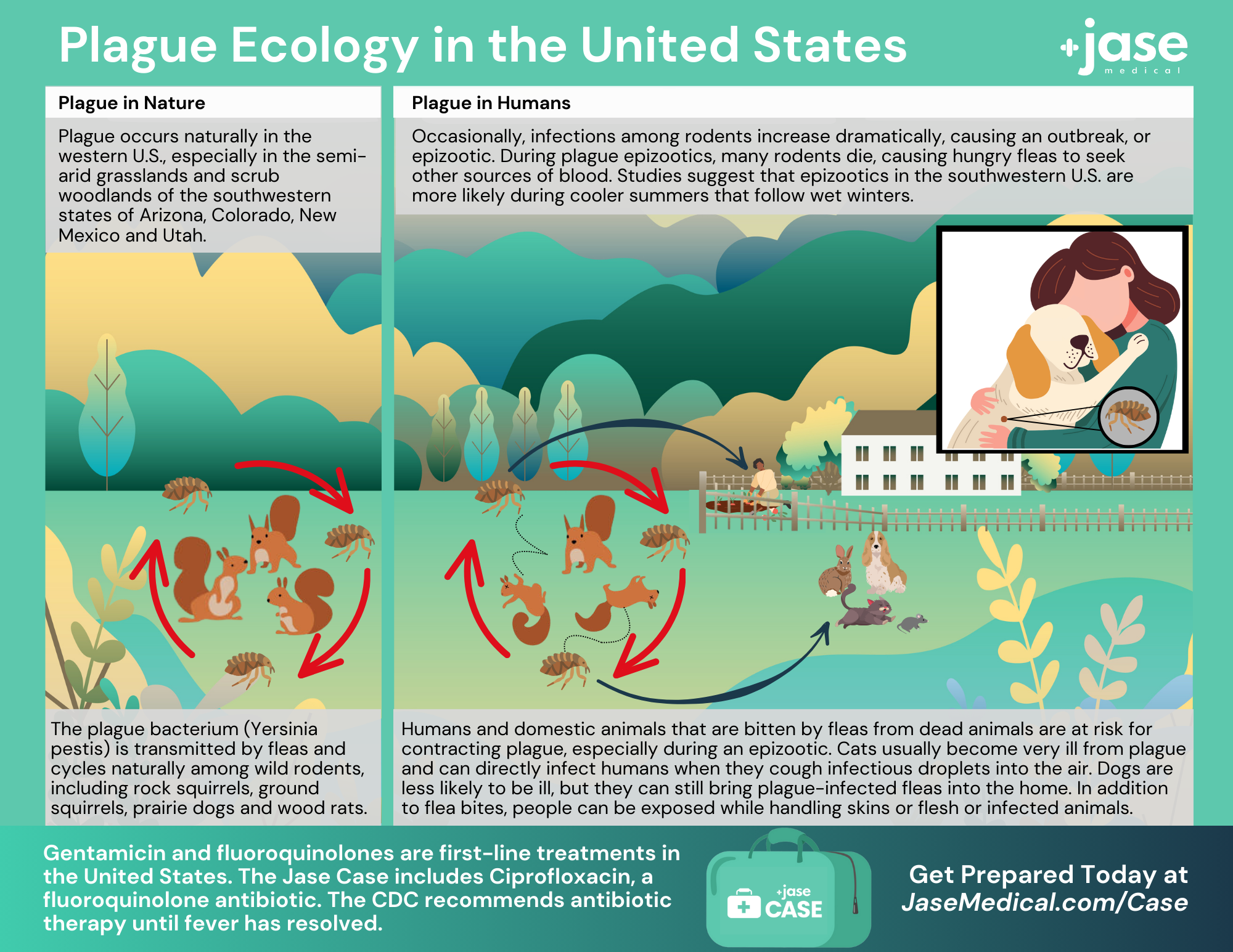
Plague occurs in rural and semi-rural areas of the western United States, primarily in semi-arid upland forests and grasslands where many types of rodent species can be involved. Many types of animals, such as rock squirrels, wood rats, ground squirrels, prairie dogs, chipmunks, mice, voles, and rabbits can be affected by plague. Wild carnivores can become infected by eating other infected animals.
The plague bacteria can be transmitted to humans in the following ways:
Flea Bites
Plague bacteria are most often transmitted by the bite of an infected flea. During plague epizootics, many rodents die, causing hungry fleas to seek other sources of blood. People and animals that visit places where rodents have recently died from plague are at risk of being infected from flea bites. Dogs and cats may also bring plague-infected fleas into the home. Flea bite exposure may result in primary bubonic plague or septicemic plague.
Contact With Contaminated Fluid or Tissue
Humans can become infected when handling tissue or body fluids of a plague-infected animal. For example, a hunter skinning a rabbit or other infected animal without using proper precautions could become infected with plague bacteria. This form of exposure most commonly results in bubonic plague or septicemic plague.
Infectious Droplets
When a person has plague pneumonia, they may cough droplets containing the plague bacteria into the air. If these bacteria-containing droplets are breathed in by another person, they can cause pneumonic plague.
Typically, this requires direct and close contact with the person with pneumonic plague. Transmission of these droplets is the only way that plague can spread between people. This type of spread has not been documented in the United States since 1924, but still occurs with some frequency in developing countries. Cats are particularly susceptible to plague and can be infected by eating infected rodents. Sick cats pose a risk of transmitting infectious plague droplets to their owners or to veterinarians.
Several cases of human plague have occurred in the United States in recent decades because of contact with infected cats.
Symptoms
Plague symptoms depend on how the patient was exposed to the plague bacteria. Plague can take different clinical forms, but the most common are bubonic, pneumonic, and septicemic.
Bubonic
- Incubation period after exposure: 2-8 days.
- Fever, headache, chills, and weakness along with one or more swollen, painful lymph nodes.
Septicemic
- Incubation not known, but believed within days of exposure.
- Fever, chills, extreme weakness, abdominal pain, shock, and possibly bleeding into the skin and other organs. Skin and other tissues may turn black and die, especially on fingers, toes, and the nose. Septicemic plague can occur as the first symptom of plague or may develop from untreated bubonic plague. This form results from bites of infected fleas or from handling an infected animal.
Pneumonic
- Incubation is between 1-3 days after exposure.
- Patients develop fever, headache, weakness, and a rapidly developing pneumonia with shortness of breath, chest pain, cough, and sometimes bloody or watery mucous. Pneumonic plague may develop from inhaling infectious droplets or may develop from untreated bubonic or septicemic plague after the bacteria spread to the lungs. The pneumonia may cause respiratory failure and shock. Pneumonic plague is the most serious form of the disease and is the only form of plague that can be spread from person to person (by infectious droplets).
Diagnosis and Treatment
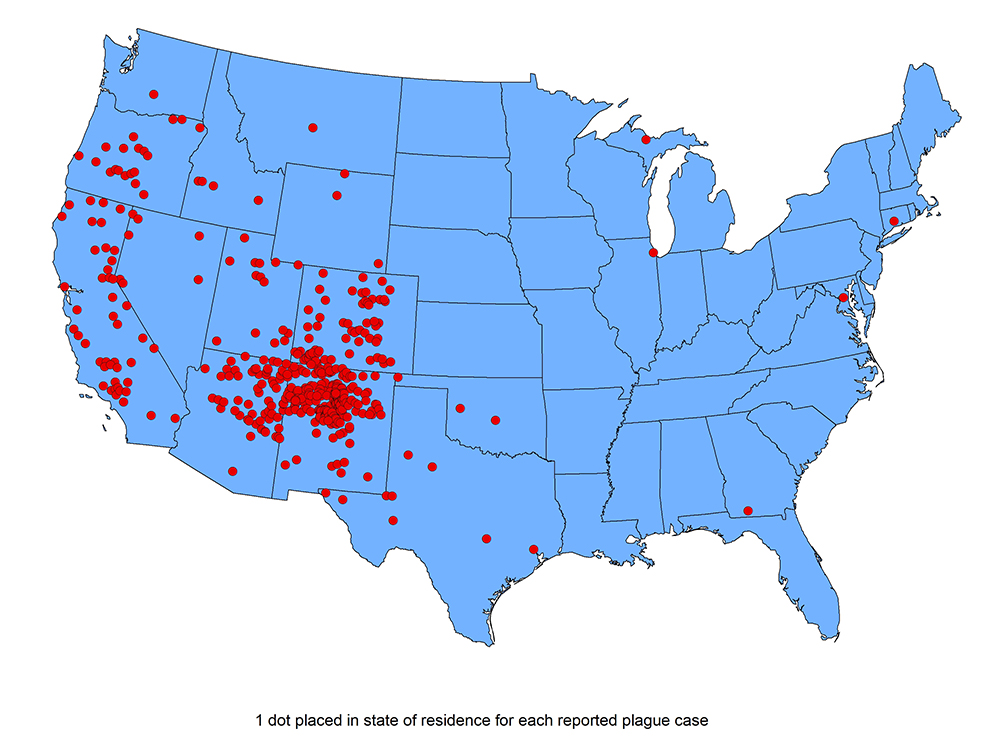
The CDC recommends immediate treatment before diagnosis of plague is suspected.
Diagnosis is based on:
- Travel to Western States where plague is endemic
- Samples taken of blood or part of swollen lymph gland
- History of flea bite
- Exposure to cats or other animals that hunt
Treatment
Gentamicin and fluoroquinolones are first-line treatments in the United States. The Jase Case includes ciprofloxacin, a fluoroquinolone antibiotic. The CDC recommends antibiotic therapy until fever has resolved.
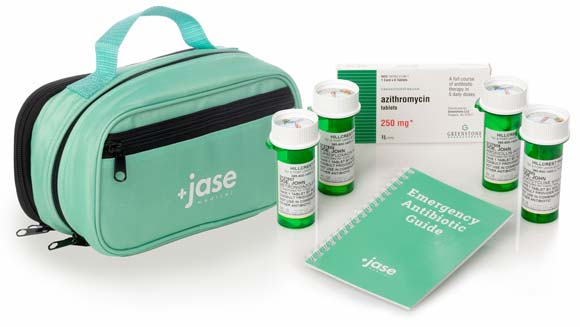
- Brooke Lounsbury, RN
Medical Content Writer
Lifesaving Medications
Recent Posts
Keeping you informed and safe.
Exploring Dr. William Makis’ Hybrid Orthomolecular Cancer Protocol: Focus on Ivermectin and Mebendazole/Fenbendazole
Be Prepared for Life’s Unexpected Moments
3 Reasons EVERYONE should have emergency medications avaiable. It's all about access—access to medications and care when you need it most. And when things happen outside of your control that access can disappear.Below are 3 examples of how easily this access can be...
Youth Preparedness: Teaching, Building, and Coping with Disasters
Educating and preparing your children ahead of time means fewer surprises in the event of an emergency.Growing Up Prepared: Empowering Youth in Disaster Preparedness As we observe National Preparedness Month, it's crucial to remember that disasters can strike at any...
Low-Cost and No-Cost Emergency Preparedness Measures
Small steps today, mean a safer tomorrow for you and your loved ones.Low-Cost and No-Cost Emergency Preparedness So far in our series for National Preparedness Month this September, we've already covered How to Make an Emergency Plan for Your Household and How to...




